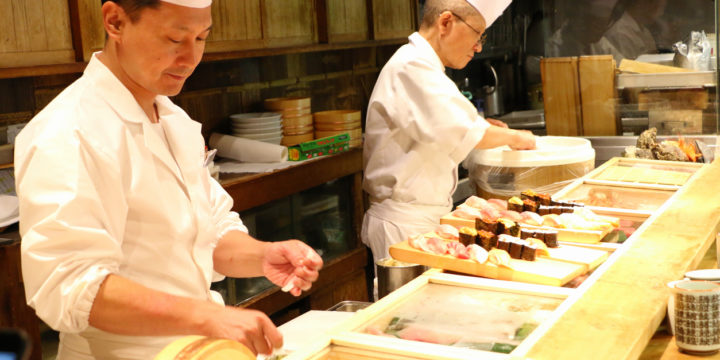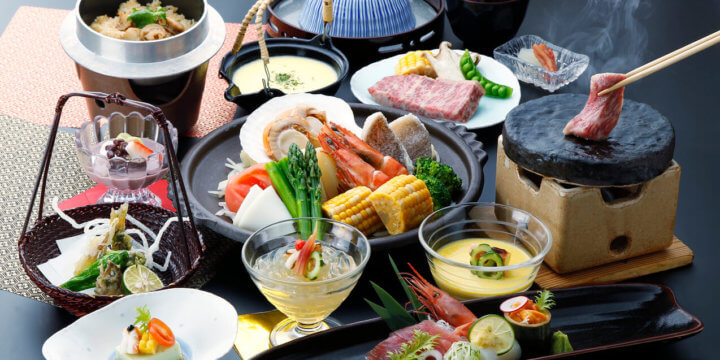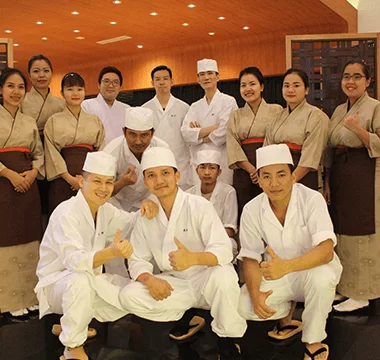Value of the Michelin Star for Japanese Restaurants
The Michelin Guide, a bible for food aficionados. Getting Michelin stars is regarded as an honor for restaurants and chefs. The first Michelin Guide Dubai was published in June 2022 and this fall expects to see the arrival of the Toronto and Istanbul guides as well. These new guides will certainly attract attention, as people are already wondering which restaurants will get a star.
1. What Is the Michelin Guide?
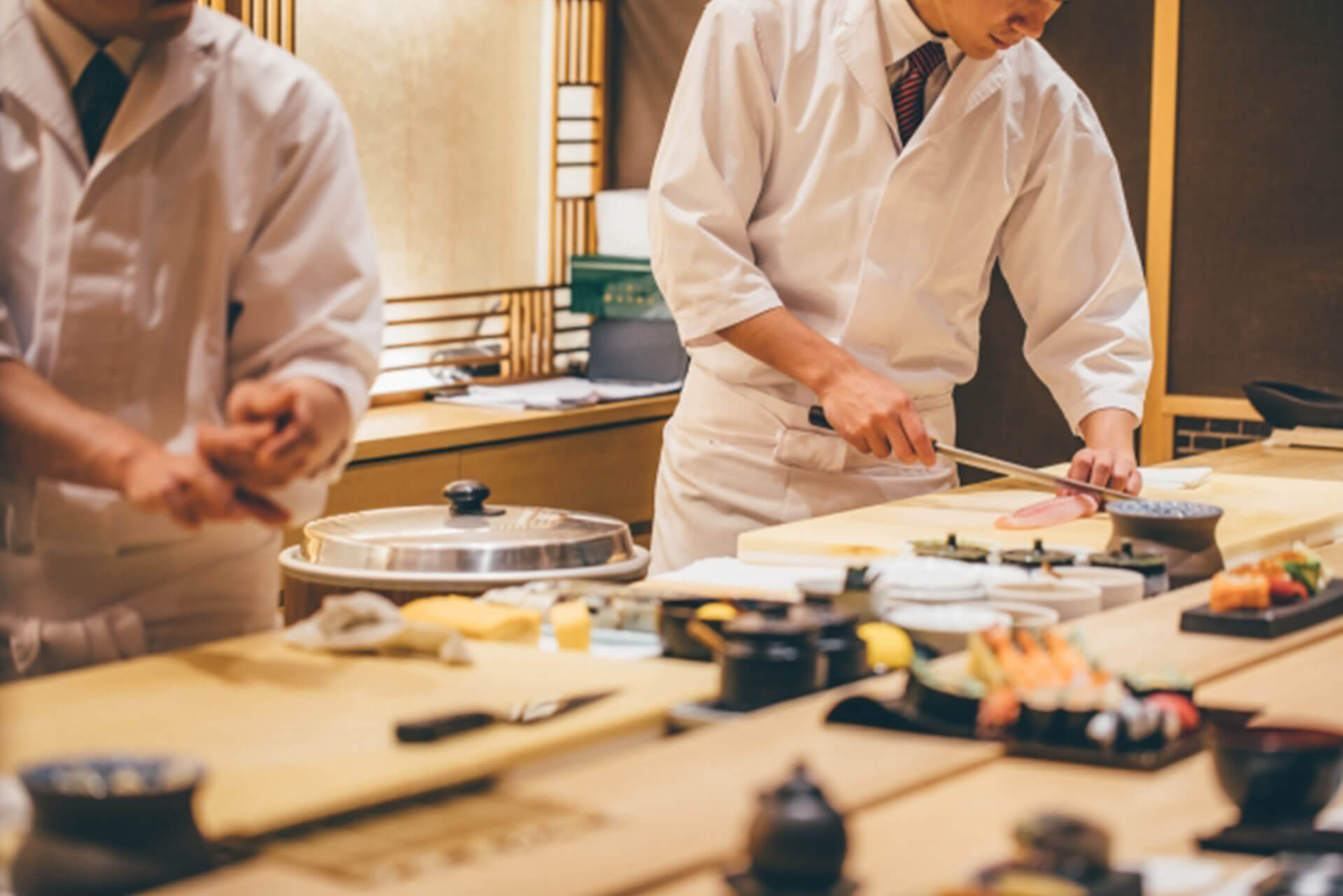

If you hear “Michelin,” the Michelin Guide may be the first thing to come up in your mind. The name of the guide comes from a tire manufacturer founded in France in 1889. The company started to issue a red leaflet with the information of hotels and restaurants for drivers in 1900. This is the beginning of the Michelin Guide. Since then, the Michelin Guide came to be supported by gourmets in France and developed its system that evaluates each restaurant with the number of stars.
The rating of each star rank is as follows.
| Number of Stars | Rating |
| 3 Stars | Exceptional cuisine, worth a special journey |
| 2 Stars | Excellent cooking, worth a detour |
| 1 Star | High quality cooking, worth a stop! |
In addition to the star-rating system, the Bib Gourmand award started in 1997 to introduce restaurants with high cost-performance as recommendations of the inspectors. As a result, the Michelin Guide now includes restaurants that serve food for affordable prices in a casual atmosphere.
As of July 2022, restaurants in about 40 countries and regions are on the Michelin Guide. The chart below shows the number of the restaurants that got each award.
| Distinction | Number of Restaurants |
| 3 Stars | 137 |
| 2 Stars | 480 |
| 1 Star | 2,657 |
| Bib Gourmand | 3,249 |
Among countless restaurants in the world, only around 3,300 are awarded stars. Even if we include those awarded the Bib Gourmand, we can find just about 6,500 places.
2. Japanese Restaurants on the Michelin Guide
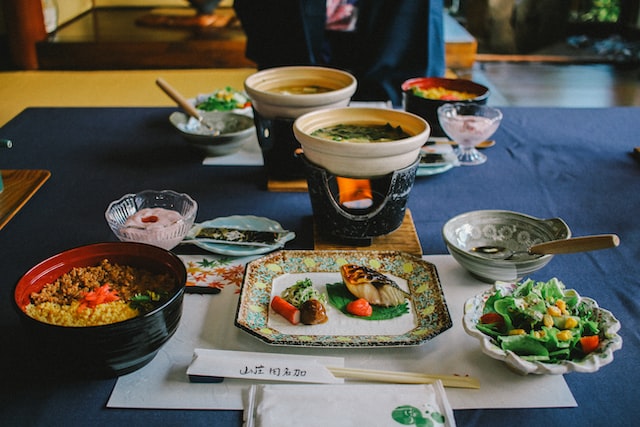

Then, among these 6,500 places, what kind of Japanese restaurants got stars? You can see below the number of Michelin-starred restaurants in each category around the world, as of July 2022.
Although there may be more categories than what we found in our manual search, there are about 450 Michelin-starred Japanese restaurants and 320 with the Bib Gourmand.
3. How the Michelin Star System Works
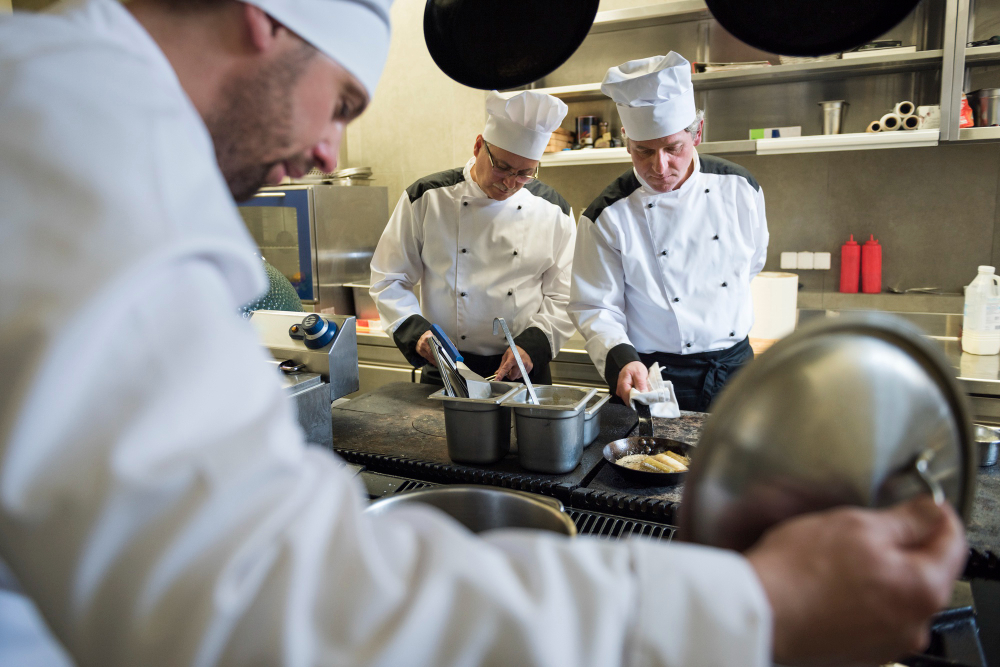

How do the restaurants get included in the Michelin Guide? Here is the overview of the process of inspecting and awarding each restaurant.
■ Who Inspects the Restaurant?
The inspectors are employees of Michelin. It is said that many of them are graduates of hotel schools or those who have experience in working in the restaurant and hotel industries for 5 to 10 years.
■ When Do Inspectors Visit the Restaurant?
The inspectors make a reservation anonymously, so you cannot tell when they come. They frequently use fake names so that their name does not belie their purpose of the visit and they can be treated as a regular customer. The inspectors come with other customers and evaluate the food and service, before leaving without revealing their identity in most cases. Yet some inspectors tell about their visit after paying for the meal and ask to be shown the kitchen.
Still, some restaurant staff say they can tell an inspector from other customers, because the person acts differently.
■ How Are the Restaurants Evaluated in the Michelin Guide?
Even though the atmosphere and service can be factors of evaluation, the star-rating system mostly focuses on the food.
Below are the 5 criteria for evaluation:
① Quality of products
② Mastery of flavor and cooking techniques
③ The personality of the chef represented in the cuisine
④ Value for money
⑤ Consistency between visits
It can happen that several inspectors visit the restaurant separately to see if the food quality does not change from occasion to occasion. Customer reviews are another useful source of information and inspectors may return to the restaurant because of some comments. Inspectors ultimately decide which restaurant is to be included in the guide through collegial debates at an editorial meeting.
The process of rating is reviewed annually, and each city and country have their own standard. Thus, even if you open a restaurant that mimics a Michelin-starred place, it does not mean yours can get awarded.
If you want to know more about the inspection and rating process, we recommend Emma Dreams of Stars: Inside the Gourmet Guide, a manga based on the former Michelin inspector’s experience.
■ When Can I Know If the Restaurant Is Featured in the Guide?
The rule varies in each country and region, but usually before the guide is published, an invite to the reception party is sent out to the chefs of the awarded restaurants. Nevertheless, it seems that the details, such as the number of the stars, are not told until the official release at the venue.
4. The Michelin Star’s Value and Influence on the Sales
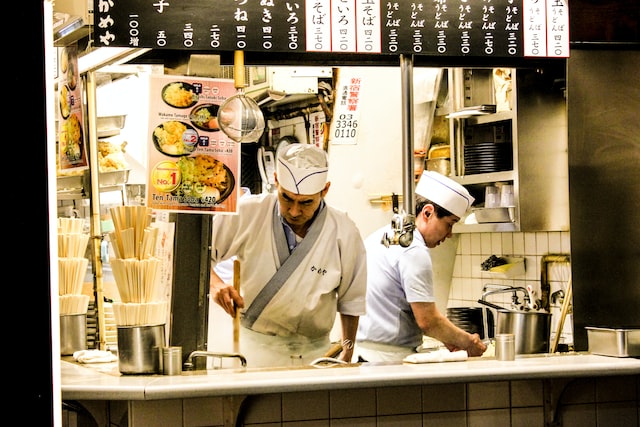

In Taipei, the Michelin Guide was first published in March 2018. The Apple Daily reported the sales of the Michelin-starred restaurants in April 2019. According to the article, Le Palais, a French restaurant located in Palais de Chine Hotel, was awarded three stars and started to receive constant phone calls for reservation, while the ratio of the foreign tourists increased from 10% to 50%. One-starred Kitcho increased its sales by 20 to 25%.
Tsuta is the first ramen restaurant that got a Michelin star and was included in the Michelin Guide Tokyo 2016 on December 1, 2015. After the announcement on December 3, people made a line in front of the shop in the morning. It is said there were more than 100 people in line a little after 11am, before the restaurant opened.
Being included in the Michelin Guide is an honor for the restaurant and you can also expect an increase in sales. Yet, there seems to be an issue of rising cost at the restaurant, since it tries to retain the status by improving the quality of ingredients and providing more staff training for better service.
5. When Should You Start to Work for a Michelin Star?
We frequently receive a question about when Japanese restaurants should start to aim for getting a Michelin star. If getting a star is your sole objective, it is best to begin the preparation when you decide the concept and location of the restaurant and start to work on the interior décor.
The standard for the Michelin rating varies in each country, so it is possible that you can get a sense of the rating system and common factors in your country by conducting thorough research on Michelin-starred restaurants’ concept, menu, service, and interior design. Yet, you need to understand that a Michelin star is not something you can plan to get: the restaurant’s continuous effort to satisfy customers with food and service leads to the recognition by Michelin.
For example, there was a rumor in the food service industry that a restaurant cannot get a star if it is located in the basement or has a unisex bathroom. However, Sukiyabashi Jiro, the most famous sushi restaurant in the world, had been awarded three stars for long, even though it is in the basement and does not have a bathroom within the restaurant in the first place.
Of course, it is a great idea to research what kind of restaurant got a Michelin star and understand the guide’s standard and tendency. But it is important to focus on the best food and service your restaurant can offer and not to be distracted by other places. That will eventually be the fastest route to a Michelin star.
6. When Should You Hire a Japanese Chef and Who Is the Best Candidate?
We are also asked if a Japanese restaurant should head-hunt a Japanese chef from a Michelin-starred place before opening so that they can get a star themselves. After reading this article so far, you may already know that the Michelin quality is not reproducible, because of the standard that varies in each country and year.
There are restaurants that want to hire a Michelin chef all over the world. Even though you pay more than other restaurants and successfully hire a Michelin chef, that single person cannot guarantee a star.
Instead of recruiting a Michelin chef by straining your business, you should hire a Japanese chef who can commit to providing high-quality food and service and encouraging the whole team to create a Michelin-quality restaurant, even though the chef does not have experience at a Michelin-starred restaurant.
If a Michelin star is awarded as the result of building a good team, that means the restaurant and the owner are recognized for their management skill too. To hire a Japanese chef as part of the team to work for a Michelin star, contact Washoku Agent!
7. What If I Have a Problem in Hiring?
“I do not know what my restaurant should feature to attract Japanese chefs.”
“I have an idea of the chefs I am looking for, but I do not know how to find them.”
“We tried to recruit on our own before without success, so we want to find a truly skillful chef this time.”
“Since no staff member speak Japanese, we want to entrust the whole task of hiring Japanese chefs to someone else.”
If you have a problem in recruiting Japanese chefs, feel free to contact us Washoku Agent!
- What Is High-End “Tachigui” Sushi Opened by Omakase Sushi Restaurants?
- Japanese Sushi Chefs in the Ghost Kitchen and Delivery Businesses
Do you want to know more about Global Japanese Cuising Market?
If Yes, please submit this form and you will receive it by email.
on WhatsApp.


